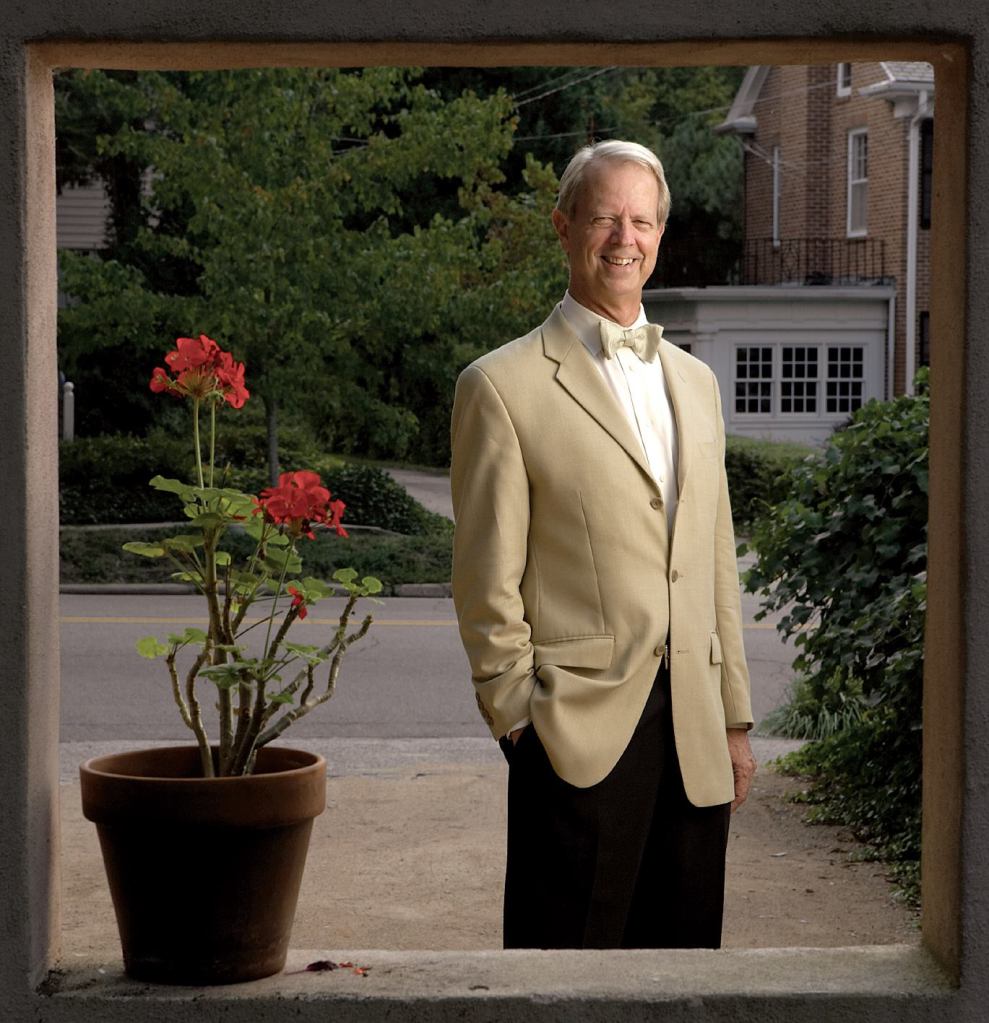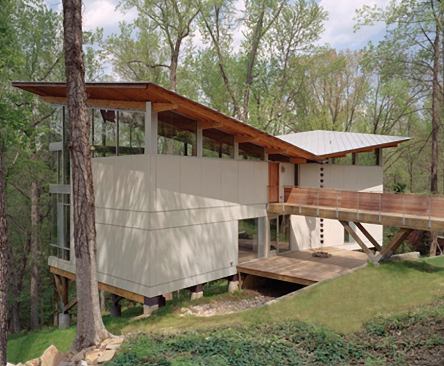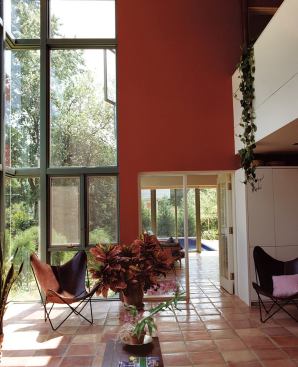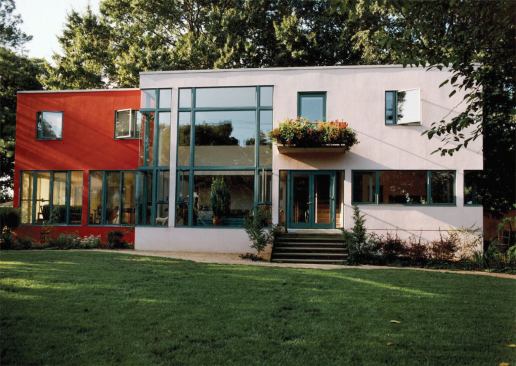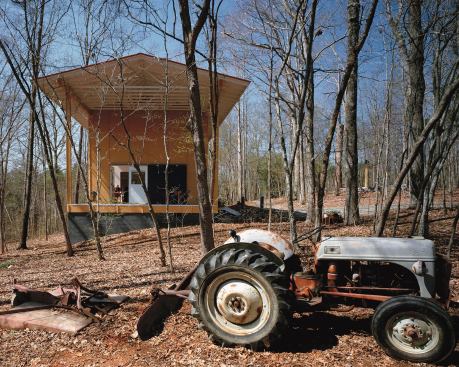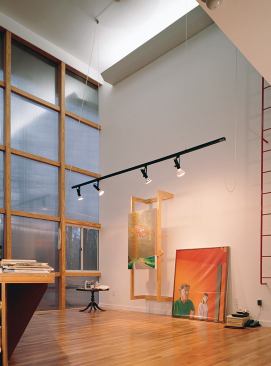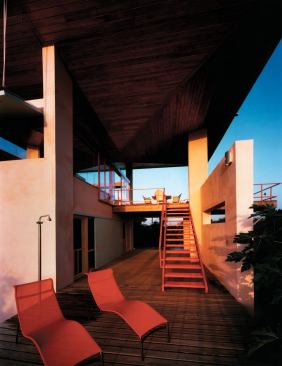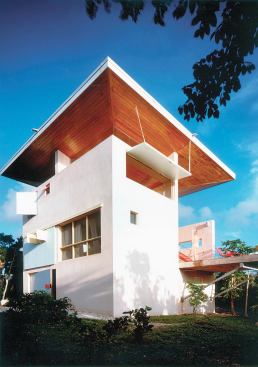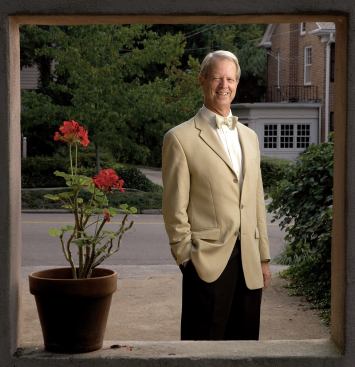In his design for the Strickland- Ferris Residence, Frank Harmon…
When it comes to houses, however, Harmon relishes the opportunity to work with clients who want their residence warm, approachable, and modern. Adopting the language of his youthful colleagues, Harmon says, “My default mode would be the Taylor House.”
Harmon has done his part to help popularize architecture in the Research Triangle area of North Carolina. For many years he taught an adult education course in Raleigh called “The Design of Your Home.” His goal: to improve the quality of residential design. Rather than try to provide all the answers, Harmon assembled a course that was intended to give people a basis for making judgments. An early session discussed how to place a house on the site; another session talked about the pattern language—“that a house is not a series of rooms, it is a series of experiences about light and dark, about intimacy and largeness, and how to contrast them,” he says.
In his own work, Harmon strives to distill the design of a house to a single thought. For instance, when he designed his own house in Raleigh, he made the garden the focal point. “It took me a little while to learn this, but the house needed to be deferential to the garden,” he says. “The house needed to be like the man in the tuxedo, deferring to the woman in the beautiful evening gown. That was a major determinant. It established the house’s location on the site. It established its grammar of expression—quiet, understated, in the background. The house is like a wall.”
In the case of the tropical house he designed in the Bahamas for Jim and Janice Taylor, the starting point was an idea for a big cube with a hipped roof on top. It was a design the clients had seen elsewhere, and they were adamant about it. “I messed around with the cube, and I couldn’t make it work,” Harmon recalls. “I finally blew up the thing. I turned the roof upside down, put the living room underneath the roof, and used the cube as a safe getaway place.” The result was a remarkably inventive house that affords intoxicating views of the ocean while still offering protection during hurricanes.
Some lessons come quicker than others do. Harmon admits that his work today is more satisfying because, as he’s gotten older, he’s learned to turn away certain clients. “When you design a house, it is a long journey,” he muses. “It’s a struggle—not like buying something off the shelf. You have to really get involved and you have to really know what you want. The clients who have that passion are the ones I’m looking for.”
That kind of knowledge doesn’t come without experience, and ultimately that’s what Frank Harmon brings to his practice—the experience of a life that has been broad, deep, urban, rural, and international. He has been at his craft long enough to have shown that if he knows anything, he knows himself.
Vernon Mays is Curator of Architecture + Design at the Virginia Center for Architecture.
